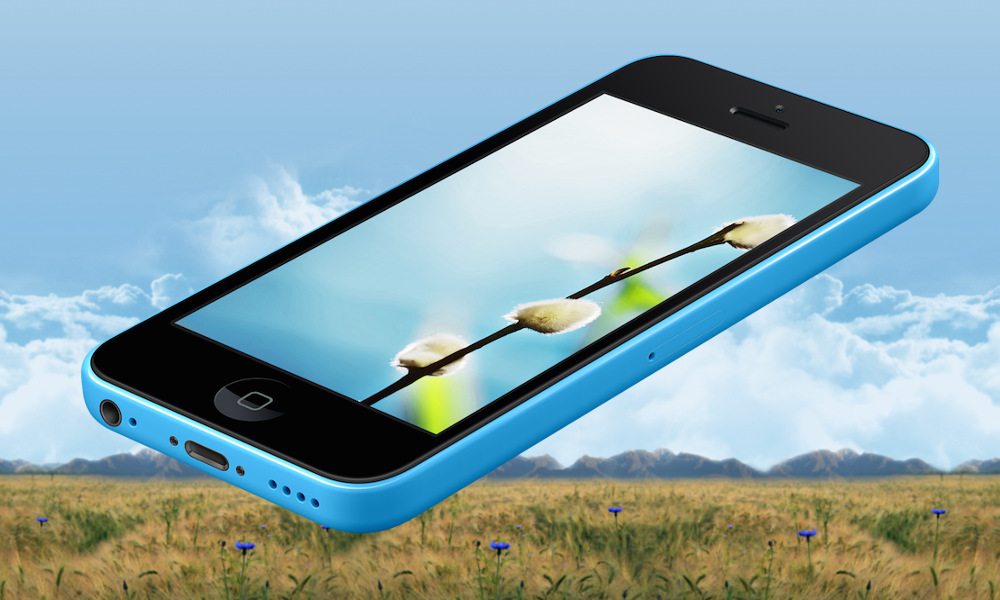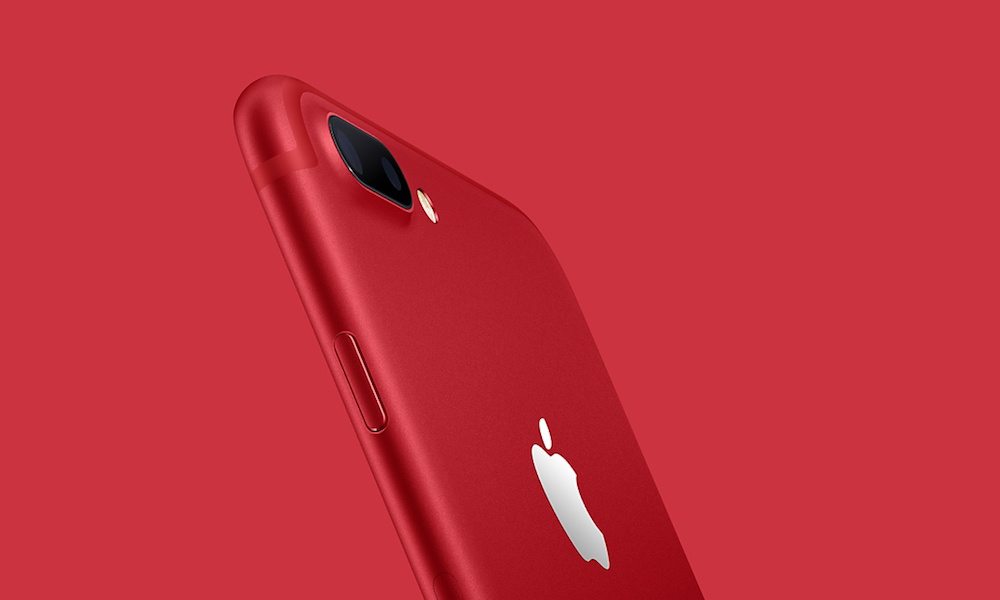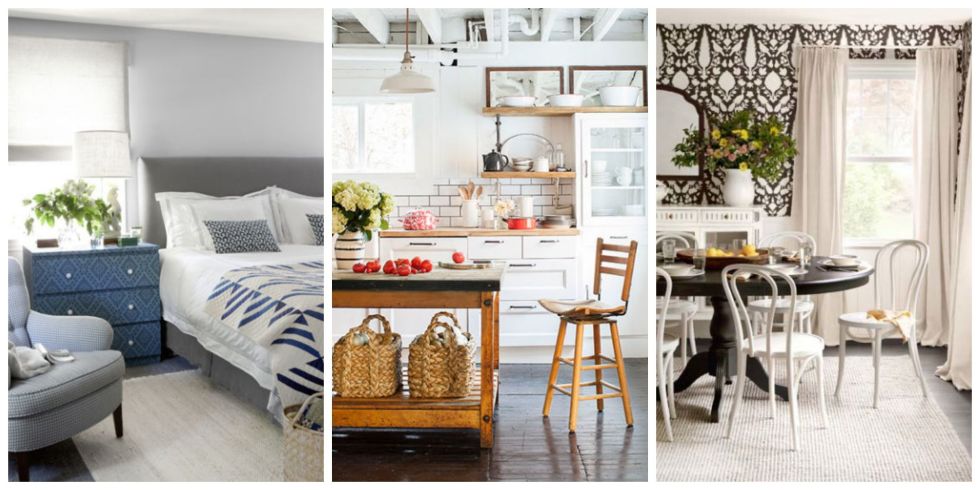Science Explains 5 Reasons Why You Picked Your iPhone’s Color

iPhones come in different colors. Sure, it's just an aesthetic difference and not a feature, but why we gravitate toward certain smartphone colors is actually a pretty complicated topic. Individuality is one factor. But your personality type, geographic location, and even what season it is all play a part in which iPhone finish you prefer. Press the Right Arrow to Learn Why You Picked Your iPhone's Color.
5 Color Vibration

According to Gillian Rose, an interior designer and color scientist, each color has an inherent “vibration” to it. This vibration allows our brain to decide whether or not we like a color.
Put simply, the thalamus (a portion of the brain that, among other functions, relays sensory signals) sends a signal to the cerebral cortex to process the vibrations associated with a color. The associated preference for a color’s vibration is actually hardwired into our DNA.
4 Introverts vs Extroverts

But while our preferences may be evolutionary, there is a distinct difference in how different personality type responds to color. As stated in the last slide, each color has a vibration. That vibration is associated with the strength of boldness of that color.
This is how personality plays into it, according to Rose. Extroverts, who require a lot of stimulation from their environment, will gravitate toward stronger colors, like Rose Gold or Red. On the other hand, introverts, who need less external stimulation, will tend to prefer more muted colors like Silver, Black or Space Gray.
3 Geography and Other Factors

But evolutionary preference isn’t the whole story. Rose also told Mashable that the environment we were raised in plays a part, too. Put simply, our childhood homes contribute to what colors help us achieve “balance and harmony,” she said.
In addition, where your childhood home was is also a contributing factor. Geography, temperature and location are all connected to the colors that people prefer. Due to how people in New Zealand see color and sunlight differently, people in that country tend to prefer bolder colors.
2 Ecological Valence Theory

Gillian Rose isn’t the only scientist who thinks a lot about color. Neuroscientist Bevil Conway, who comes from an art background but now studies color and perception at Harvard Medical School, also has a few ideas about iPhone color preference.
While Conway has some color science findings of his own, he points out that the Ecological Valence Theory posited by Karen B. Schloss and Stephen E. Palmer in 2010 can explain why some people prefer certain iPhone finishes.
It’s a complicated subject, but the Ecological Valence Theory basically breaks down to this: a person’s preference for a certain color stems from how strongly they associate that color with various objects or experiences.
How they feel about those objects and experiences will dictate their preference. Blue, for example, is associated with clear skies and clean water — two positive associations. Brown, on the other hand, can be associated with either chocolate or, yes, poop. For many colors, context and individual experience can determine these preferences.
1 Time of Year

People can learn to like certain colors based on their positive or negative experience with that color. It all stems down to how “useful” or “pleasurable” that color is to them. But experience with certain colors isn’t the only factor.
The positive or negative associations are also evolutionary in nature. And according to psychologist Karen Schloss, those preferences can even change depending on the season. So you might not even prefer the same iPhone finish, depending on whether you're buying it in winter or summer.
